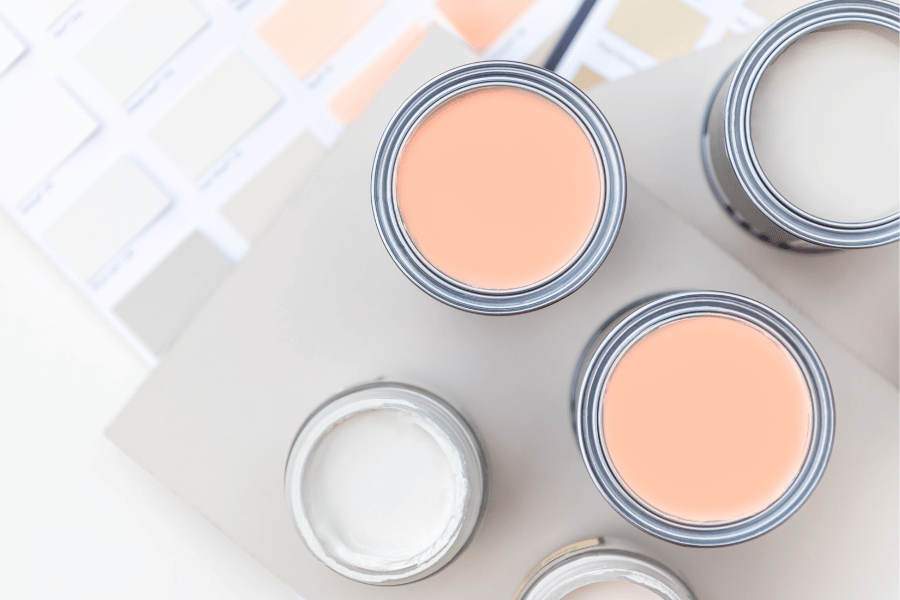Transforming a tiny room into a welcoming and seemingly spacious area can be as simple as a fresh coat of paint. Small rooms often present unique challenges when it comes to design, but with the right colors and techniques, these spaces can make a big impact.

Whether you’re looking to brighten a compact study, enliven a small bedroom, or make a modest bathroom feel luxurious, these tips will guide you in creating an inviting, larger-feeling space.
Choose the Right Colors
1. Light and Bright: Opt for light colors to make your small space feel bigger and brighter. Light blues, soft grays, and warm whites reflect more light, making the walls appear to recede. This creates an illusion of a more expansive space.
2. Consistent Hues: Using different shades of the same color for the walls, trim, and details can enhance the seamless look of the room. This lack of visual interruption can trick the eye into perceiving a more spacious area.
3. Use Soft Tones: Soft tones like blush pinks or pale greens can also add a subtle vibrancy to a room without overwhelming it. These colors offer warmth and comfort, making the space feel cozy and inviting.
4. Contrast with Accents: While light colors are great for making a room feel larger, adding a few darker or bolder accents can create depth and interest.
Consider a dark-colored chair, a vibrant piece of art, or even one accent wall in a bold hue to add character without making the space feel confined.
Implement Clever Painting Techniques
1. Stripes: Vertical stripes can make a room appear taller, while horizontal stripes can make it seem broader. Choose soft colors for stripes to maintain the room’s light and airy feel.
2. Paint the Ceiling: Painting the ceiling a lighter shade than the walls can make the room feel higher and more open. You might even consider a very subtle gloss finish for the ceiling to reflect light and add an understated sparkle.
3. Reflective Finishes: Choosing a paint finish that reflects light can also help make the space feel bigger. Eggshell or satin finishes work well in small spaces, as they reflect light without the shininess of a gloss.
4. Continue Colors: To give the illusion of a larger space, extend the wall color onto the ceiling by several inches. This technique blurs the boundaries between the walls and ceiling, making the room feel less cramped.
Focus on Detailing
1. Simplify: In a small space, less is usually more. Keep the detailing simple and uncluttered. Simple does not mean boring; choose quality over quantity, focusing on a few well-chosen details.
2. Trim and Molding: Painting trim and molding in light colors can help make walls appear farther back. If your trim is intricate, consider painting it the same color as the walls to avoid visual clutter.
3. Doors and Windows: Frame windows with light colors to draw in and reflect the natural light. Painting interior doors with a glossy finish can add an element of interest and style without taking up physical space.
Final Thoughts
Decorating a small room doesn’t have to be limiting. By choosing the right paint colors and employing strategic painting techniques, you can transform a cramped space into a cozy, inviting haven.
Remember, the goal is to create a space that feels comfortable and stylish, reflecting your personal taste while making the most out of every square inch. With these tips, your tiny room will not only look bigger but also feel more like home.
Happy painting!

Leave a Reply